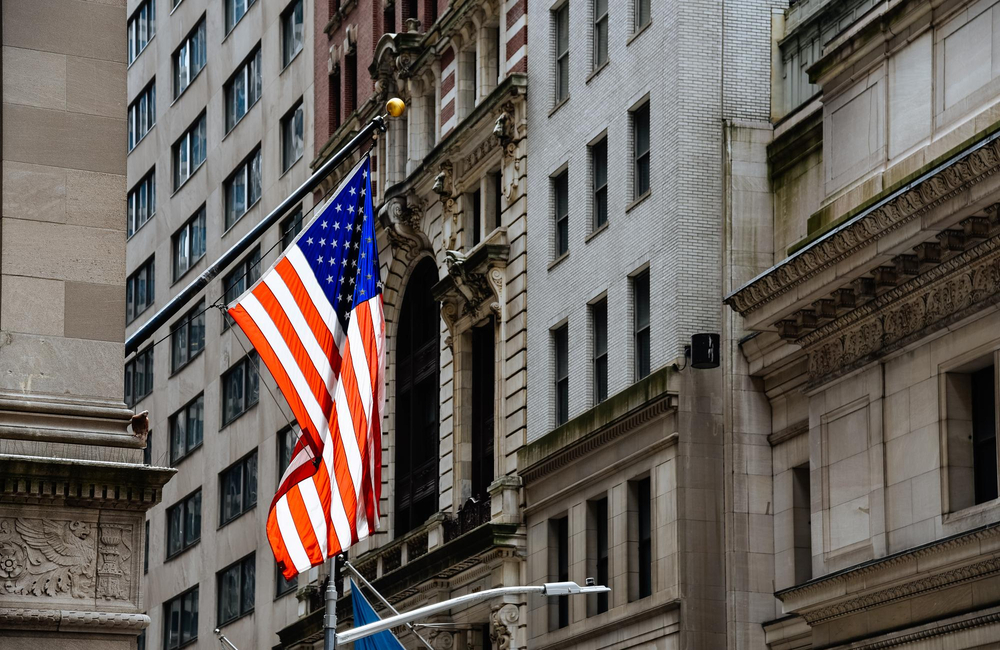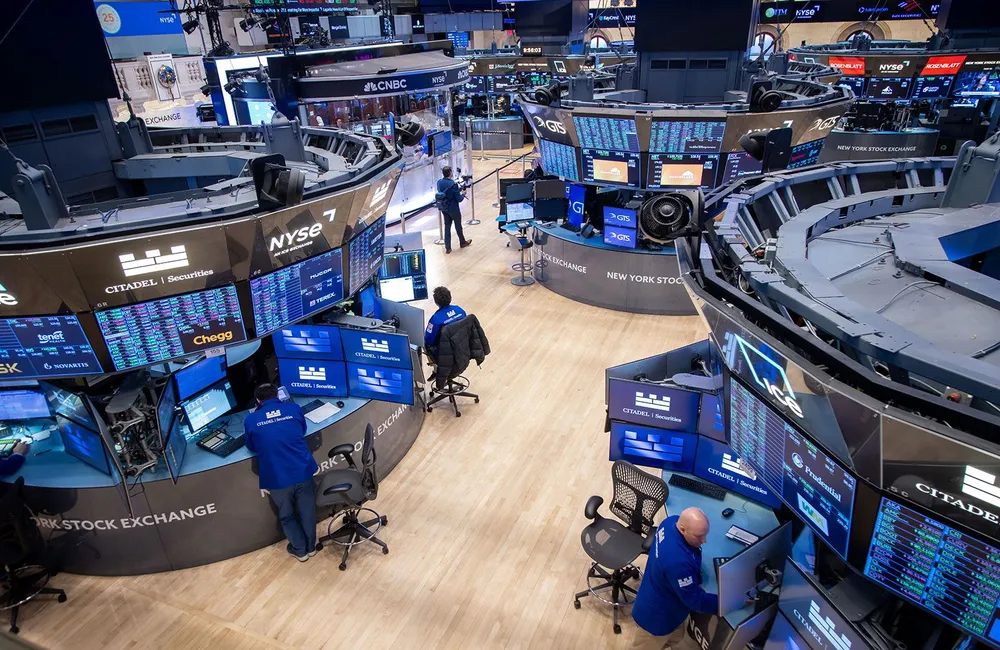Americans are still not getting any relief from higher prices, according to the latest US inflation data. They haven’t, in fact, been improving.
And that could potentially lead to even more aggressive interest-rate hikes from the Federal Reserve, increasing the likelihood that the American economy could be headed for a recession to tamp down higher prices.
As for some good news about inflation, well, for that there is the July data to look forward to, now that the prices of gasoline and food have declined the past few weeks. That could suggest that even if the June report was bad, it might turn out to have been as bad as inflation gets.
“Inflation peaked in the June report and, because of the characteristics of the factors driving high inflation at present, we expect a rapid decline,” chief US economist Preston Caldwell says. “The rise in inflation was predominantly driven by food and energy prices; however, food and energy prices gauges collapsed in July and will show up in the upcoming CPI report.
“But the fact is that most of the inflation problem since the start of the pandemic has been supply disruptions in autos, energy and food,” he says. “We anticipate these issues will be settled, leading to a reversal of the steep inflation hike.”
For June, the Consumer Price Index, released by the Bureau of Labor Statistics, was up 1.3% in June, higher than expected. Inflation was up 9.1 percent year over year in June, the largest such increase since November 1981.
“The June report did reveal indicators of broadening inflation pressures, as have the last several months,” Caldwell said. “This is likely some catch-up of pricing for businesses and industries that have been behind the curve in terms of inflation overall. But the Fed has the opportunity to nip in the bud this broadening role of inflation. Wage growth had been at modest levels and it would “take quite a bit more” acceleration in that part of the labor market to persuade the Fed to accelerate its path of tightening,” she said. “If the Fed continues to move to tighten, we would not expect broad-based inflation in the economy to go high,” she added.
But for June, the news was almost all bad on the inflation front. And while the rise in U.S. inflation was broad-based, the cost-of-living increases were where they hit consumers the hardest: food, fuel and shelter.
Its “food at home” index was up 12.2 percent over the past 12 months, its largest increase since April 1979. The index that measures “food away from home” climbed 7.7 percent over the last 12 months, its largest increase since November 1981.
The C.P.I. was up 0.7 percent in June excluding food and energy, and 5.9 percent over the last 12 months.
Excluding non volatile food and energy the core rate was up 0.7% month over month, or 0.6% below the headline index, Caldwell says. “This is still very high at 9% a.r. but we think there was likely a lot of passthrough of higher fuel prices into core prices,” she added.
Beneath that gain in core prices was an increase in the cost for vehicles as well as accelerating shelter costs of 5.6% from a year ago.
The report’s rent index rose by 0.8 percent in June, the largest one-month increase since April 1986.
“Shelter inflation is, at best, a lagging trend that responds with a time lag to market prices (like Case-Shiller home price index) … which have soared since last year,” Caldwell says.
Investors react
Investors reacted by ramping up already elevated expectations for the speed of Fed rate hikes. Markets had already been anticipating a robust three-quarters-of-a-percentage-point increase in the federal-funds rate, to 2.25% at its July meeting. The Fed’s decision this summer to raise interest rates three fourths of a point in June was only the second time since 1994 that rates were increased by that much in a single meeting. The funds rate was at zero at the beginning of the year.
Now, futures markets are indicating the Fed could lift rates by a full percentage point in July. The Fed has not raised rates by that size of a step since it adopted the fed-funds rate as a target for monetary policy under Alan Greenspan in the late 1980s, economists say.
One-percentage-point tightening is unlikely given the decline in commodity prices, Caldwell says.
Still, “the Fed likely will take its planned 0.75% hike in the federal-funds rate” at its July meeting, he says. “Additional hikes will probably drive the fed-funds rate to 3% at end-2022. There is good news on inflation expected in the months ahead, but the Fed is not going to let up until they see the whites of inflation’s eyes and are convinced they have won the battle.”





















